An interview with Frank Sytner always had the potential to lay waste to the 1400 words earmarked for the story of Alpina in this country.
It was Frank’s older brother Alan who founded The Cavern Club in Liverpool, where The Beatles were discovered and made 292 appearances during the early 1960s. The two then went into business together and in 1968 founded their first car dealership in Nottingham, specialising in BMW. Over the next three decades, they grew the network to the extent that Roger Penske’s United Auto group was prepared to pay some $155 million for it in 2002.
And that was merely Frank Sytner the hugely successful businessman. Over the years, he also fed a passion for motorsport, planted in 1954 by Alan, who exposed his 10-year-old brother to the howl of BRM’s V16 Formula 1 car at Aintree. Sytner started off racing an Austin A40 with another Frank – surname Williams – before moving to Formula Fords and competing in the kind of ultra-exotic historics that most of us dream about simply sitting in. Then, in 1988, the Liverpudlian hit a career high when he was crowned British Touring Car champion in a Prodrive-prepped E30 M3. ‘Fearless Frank’ was the nom de guerre, although reports suggest hat it belied a talent that few could match, amateur or professional.
However, we don’t delve into any of that, because it would require an entire magazine supplement. In the wake of the new Alpina B3 Touring’s five-star road test, Sytner is calling from his home in Liguria to instead talk about another episode in his life.
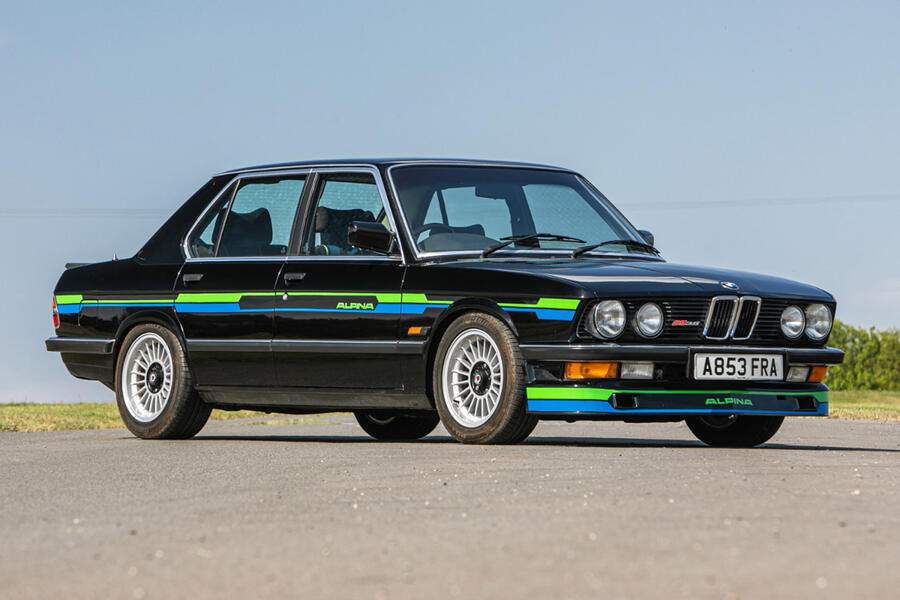
It was in summer 1981 that, having clocked the appeal that a brand like Alpina would radiate among car-loving Brits, he flew to Munich with Alan. They made a deal with Alpina’s remarkable founder, Burkard Bovensiepen (“an imposing, fearsome character”, but once you were on his wavelength, “absolutely wonderful”) to take responsibilities away from Tom Walkinshaw Racing’s wayward operation and become the sole UK importer of Alpina. It meant Sytner Nottingham would become the only place in the world outside Buchloe ever authorised to carry out BMW-to-Alpina conversions, and it was one car that really got the esoteric Bavarian ball rolling.


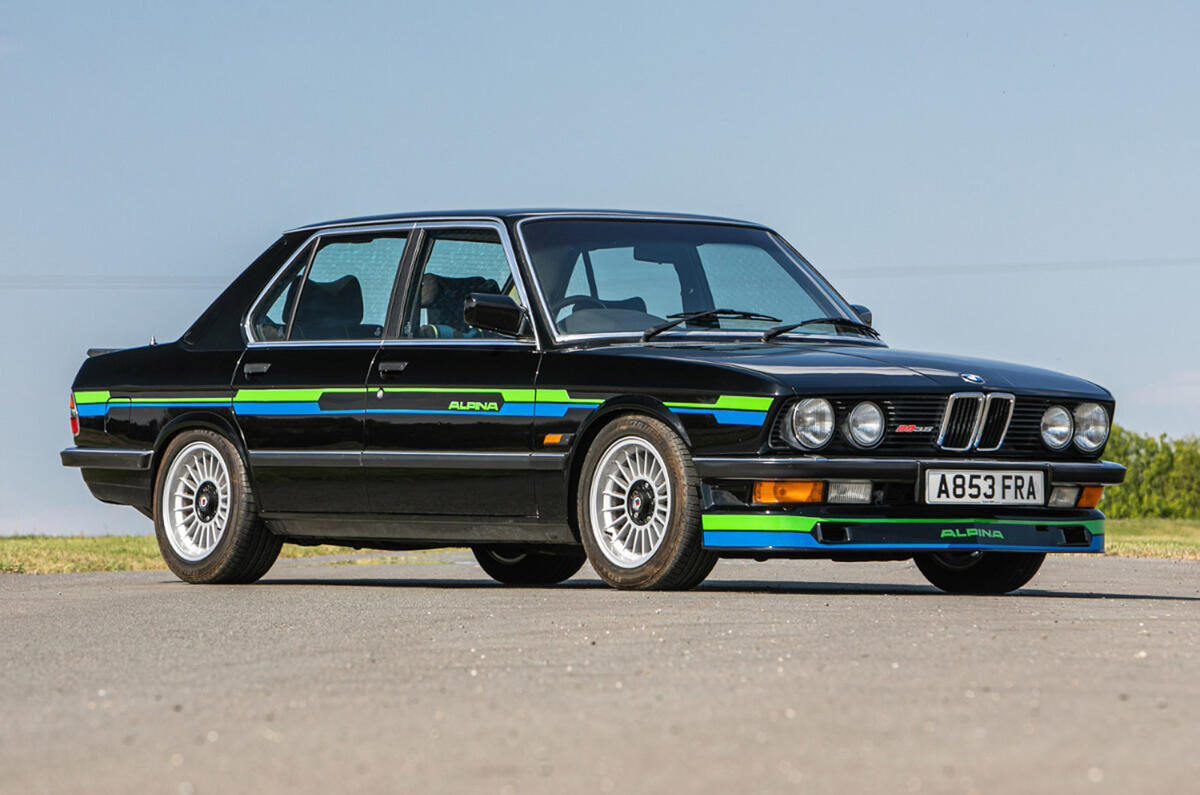
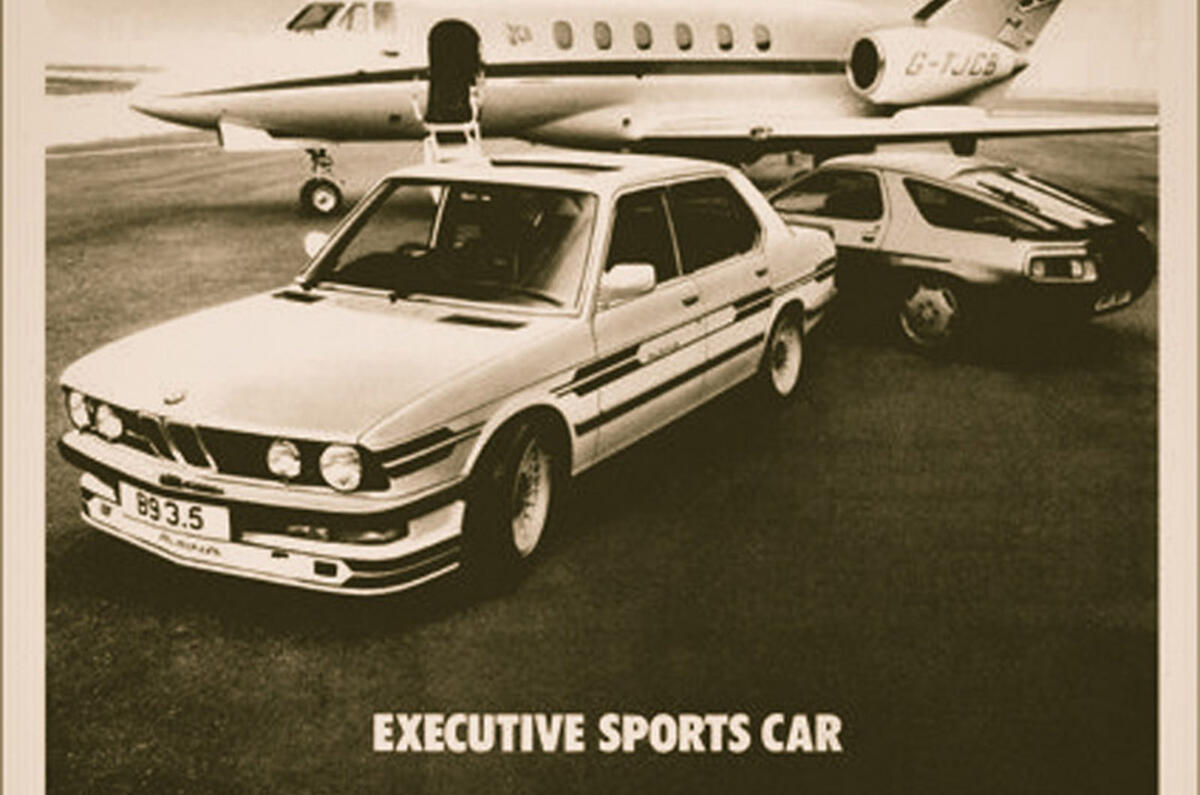
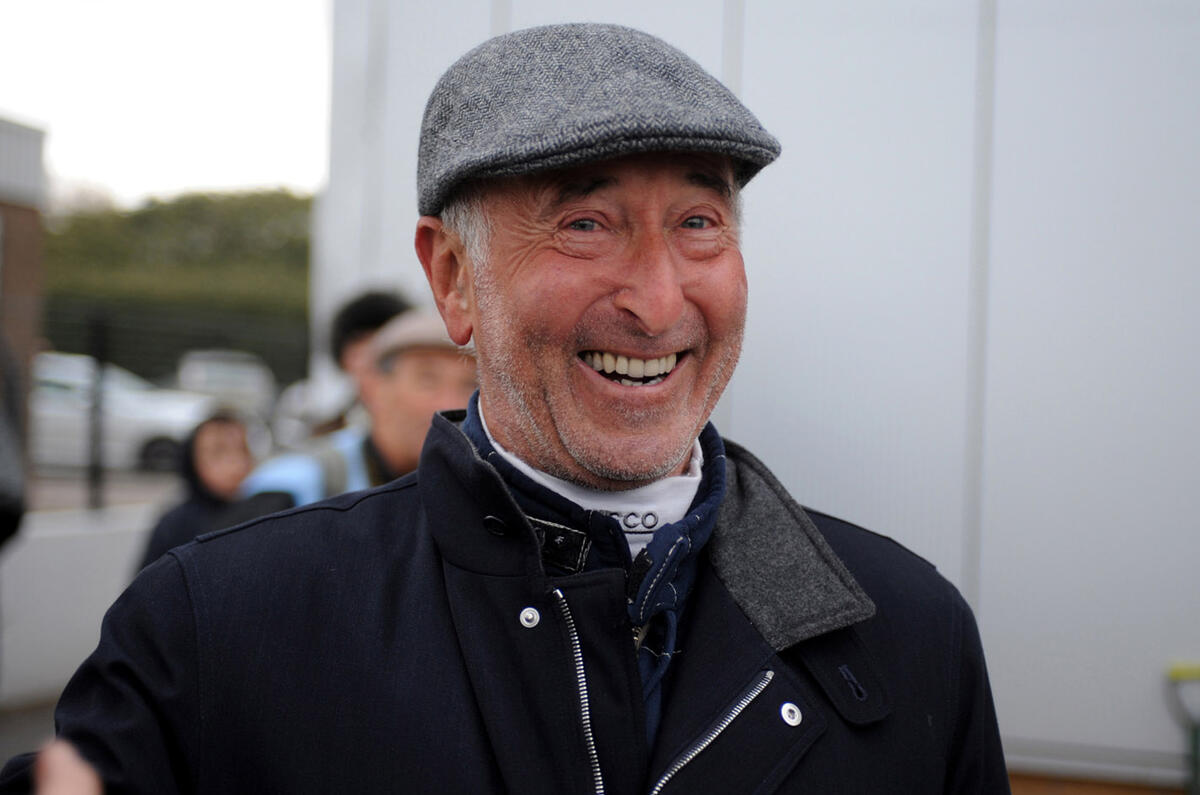
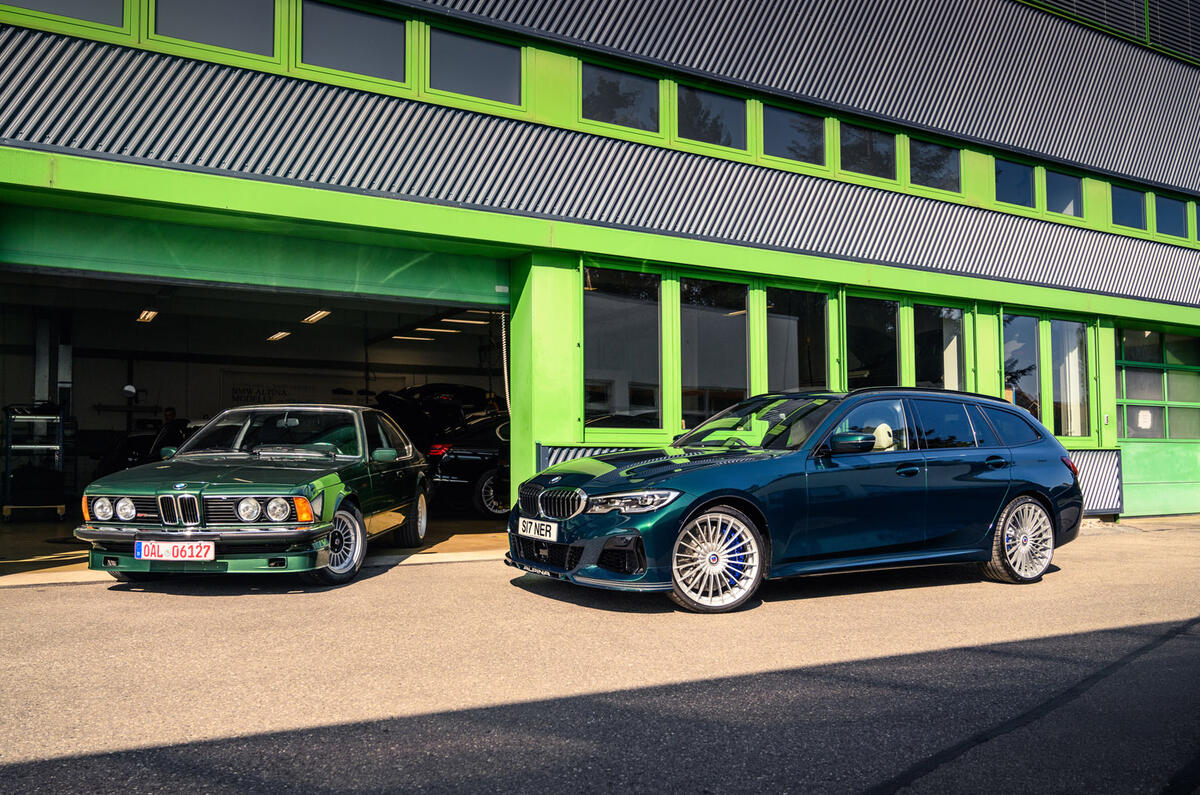

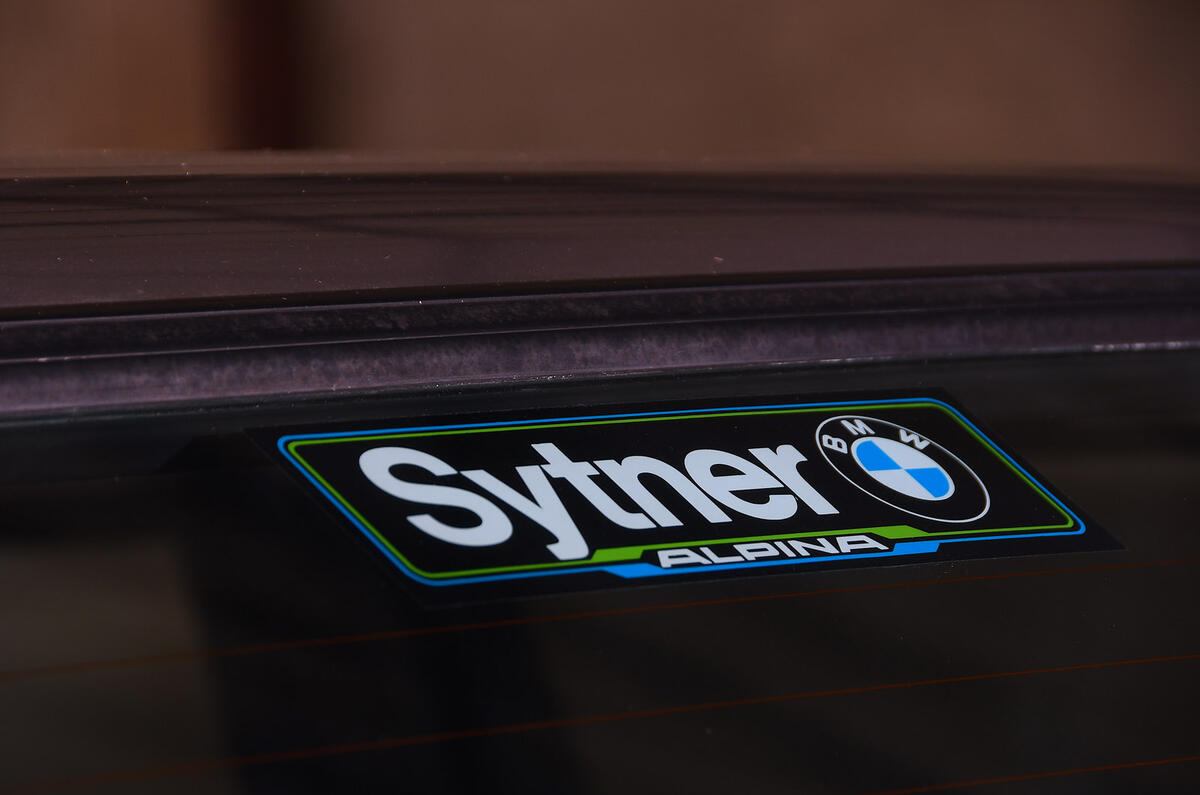

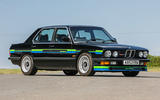



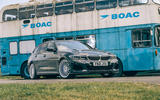
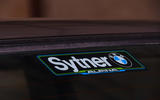

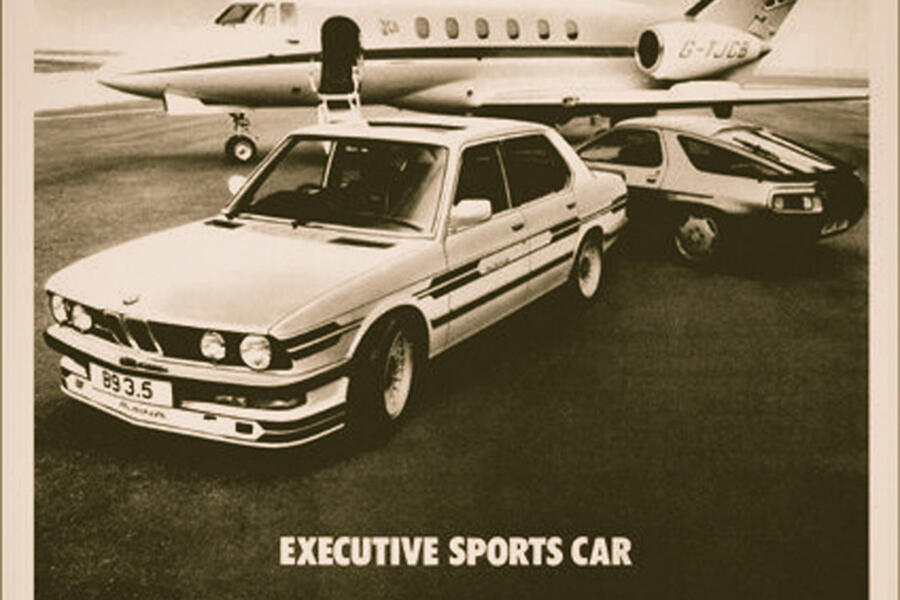
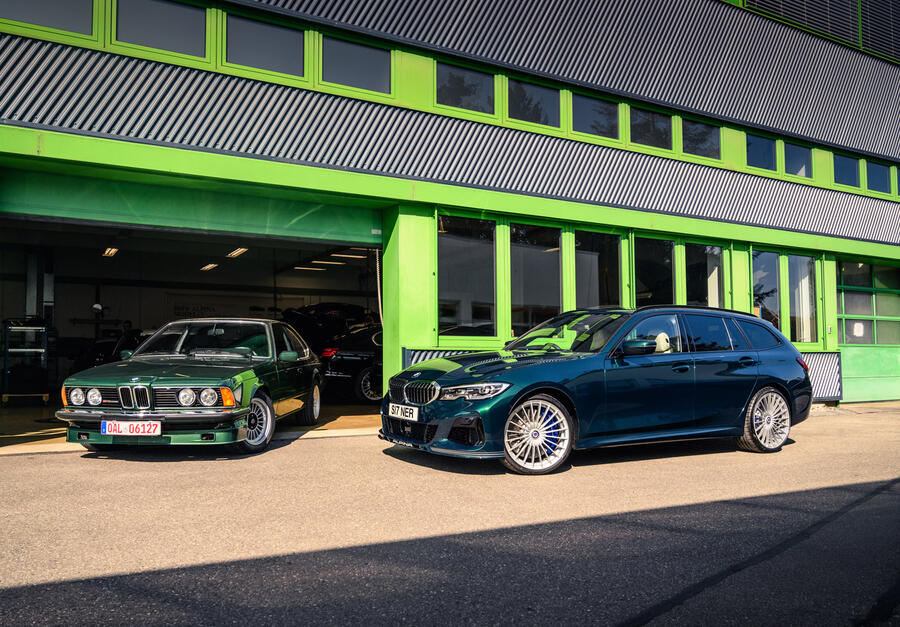






Join the debate
Add your comment
When it comes to the cars, I can think of no more fitting praise than this: Whilst I love my 911, I wish it could ride over an uneven B-road like my Alpinas used to do...
By the way, there is an error in the chronology in the opening paragraph - the E12 M535i did indeed pre-date the B9 (as indeed did the B7, which was even more of a rocket-ship, although arguably more highly-strung). Perhaps Frank didn't talk about it because in the UK those were the Walkinshaw days.
I can't see me ever buying an Alpina, but it's harder to improve on products that are already very good, so I give them due respect.
Is there room for them in the zero tailpipe emissions age that's coming? I don't really know.